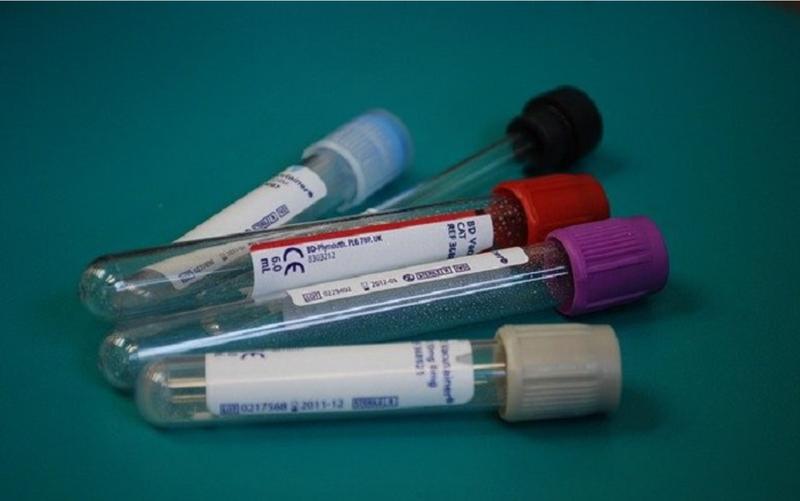What Does a High MPV in Blood Mean?

When you go for your yearly physical and sometimes when you have a regular doctor’s appointment, your healthcare provider may order certain tests, such as blood tests. These routine screenings check for everything from liver function to high cholesterol, depending on your medical history. Your physician may want to review results with you after they return from the lab. A common thing to check for during a complete blood count (CBC) is the mean platelet volume (MPV). If yours is low (or high) and you need more information about what MPV is, read on to learn more about platelet counts and why they’re important.
What Exactly Is MPV?
MPV stands for mean platelet volume. It doesn’t measure the number of platelets in your blood, even though this test is often referred to as a “platelet count” test. Instead, it measures the size of your platelets. The medical term for platelets is thrombocytes, and their primary function is to help the blood congeal, or clot. For example, when you cut yourself, it’s rare to keep bleeding. It is your platelets that help clot and congeal to stop the bleeding swiftly.
If you have platelet abnormalities, it’s often discovered after a small cut or injury, as the thrombocytes are not working properly and do not form a clot.
The Process of Testing
There’s no need to make any special preparation to have your MPV levels checked. This kind of level check is part of a complete blood count (CBC). Depending on what else your physician is checking for, he or she may ask you to fast prior to your blood test, but there is rarely any other preparation. Do follow your doctor’s instructions if you are asked to fast.
Just like a regular blood test, you’ll make an appointment or walk into a lab or phlebotomist’s office, where they will draw your blood. Several days to a week later, your doctor will call you with the results. If you have a high or low MPV count, your doctor may want to review the results with you.
What Does a High MPV Mean?
It’s important to note that either a high or low MPV does not necessarily mean there’s something wrong. It merely alerts your doctor to order more tests or examine you more thoroughly. A high MPV means that your platelets are larger than the population average, and your body may be producing too many platelets. Bone marrow releases platelets, and a high MPV means the marrow is producing platelets too quickly. This may be due to several reason.
High MPV is associated with cancer, but keep in mind this isn’t a diagnosis. MPV only takes into consideration the size of your platelets. You’ll need further testing to determine the number of your platelets too. High MPV can happen when you’re recovering from an injury or surgery, have a vitamin B12 deficiency or on birth control pills, for example.
A high platelet count is also associated with lung, ovarian, pancreatic, breast and stomach cancer, among others. It could indicate atrial fibrillation, high blood pressure, diabetes, stroke or other conditions.
What Does a Low MPV Mean?
Low MPV means your platelets are smaller, and smaller platelets tend to be older. That could mean your bone marrow isn’t producing enough. As people age, platelet counts tend to lower, so a low MPV could be normal in an older adult with no other symptoms.
Low MPV can be associated with digestive disorders, such as inflammatory bowel disease (IBD). Types of IBDs are Crohn’s disease and ulcerative colitis (UC). Low MPV may also be caused by anemia, some types of cancer, infection or liver problems.
Factors That May Affect the Test
Certain factors can affect the results of your MPV test and your CBC as a whole. These include living in high altitudes, medications such as birth control pills, strenuous physical activity or labor, pregnancy and a woman’s menstrual cycle. Inform your doctor before the test if any of these conditions apply to you.
Further Testing
If your MPV level is abnormal, your doctor will likely order further diagnostic testing. These include the possibility of additional blood tests, CT scans or MRIs. Your doctor may also want to schedule a bone marrow biopsy to ensure your bone marrow is functioning as it should.





